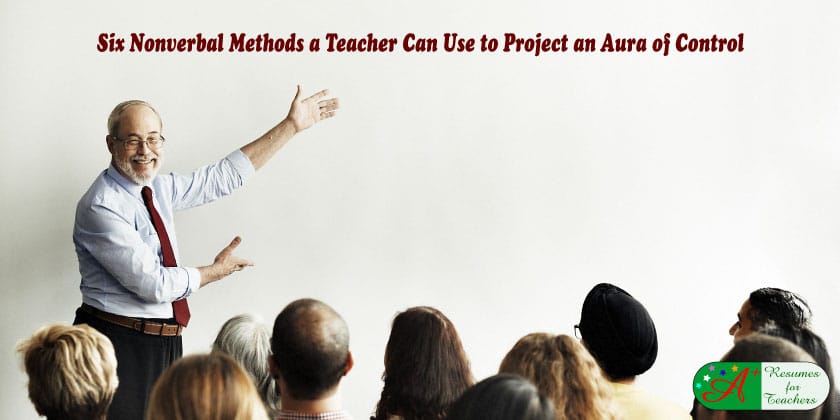Creating an aura of control in the classroom is essential for effective classroom management. Here are six nonverbal methods that teachers can employ to project an aura of control and improve classroom dynamics:
-
Move Around the Room: Proactively moving around the classroom allows teachers to monitor student activity, prevent disruptions, and maintain a commanding presence. By circulating among students during independent work or group activities, teachers demonstrate vigilance and control over the entire learning environment.
Example: During group work sessions, the teacher circulates among student groups, offering guidance and support while simultaneously monitoring student progress and behavior.
-
Utilize Body Language: Conscious awareness of body language signals confidence and authority. Teachers should maintain an upright posture, avoid crossing their arms (which may appear defensive), and use gestures purposefully to emphasize key points or redirect attention.
Example: When addressing the class, the teacher stands tall with open body language, making direct eye contact with students to convey attentiveness and control.
-
Establish Eye Contact: Eye contact is a powerful tool for maintaining engagement and conveying authority. Direct eye contact with individual students during instruction or redirection can communicate expectations effectively and deter disruptive behavior.
Example: When providing instructions, the teacher makes eye contact with each student to ensure comprehension and attentiveness.
-
Monitor All Areas of the Classroom: Teachers should be vigilant and aware of student behavior in all areas of the classroom, including those out of direct line of sight. By demonstrating awareness of students’ actions and interactions, teachers establish authority and deter misbehavior.
Example: While instructing at the front of the room, the teacher periodically scans the classroom, maintaining awareness of student behavior and intervening promptly as needed.
-
Facilitate Smooth Transitions: Clear and efficient transitions between activities minimize downtime and reduce opportunities for off-task behavior. Teachers should provide concise instructions and set clear expectations to maintain momentum and control throughout the lesson.
Example: During transitions between activities, the teacher provides clear instructions and utilizes visual cues to signal students, ensuring a seamless shift in focus and minimizing disruptions.
-
Sustain Student Engagement: Engaging lessons captivate students’ attention and minimize boredom, reducing the likelihood of disruptive behavior. Teachers should incorporate varied instructional strategies, interactive activities, and opportunities for student participation to maintain interest and focus.
Example: Incorporating multimedia presentations, hands-on activities, and interactive discussions into lessons to stimulate student interest and involvement.
By implementing these nonverbal methods, teachers can establish an aura of control in the classroom, fostering a positive learning environment conducive to student engagement and academic success.


